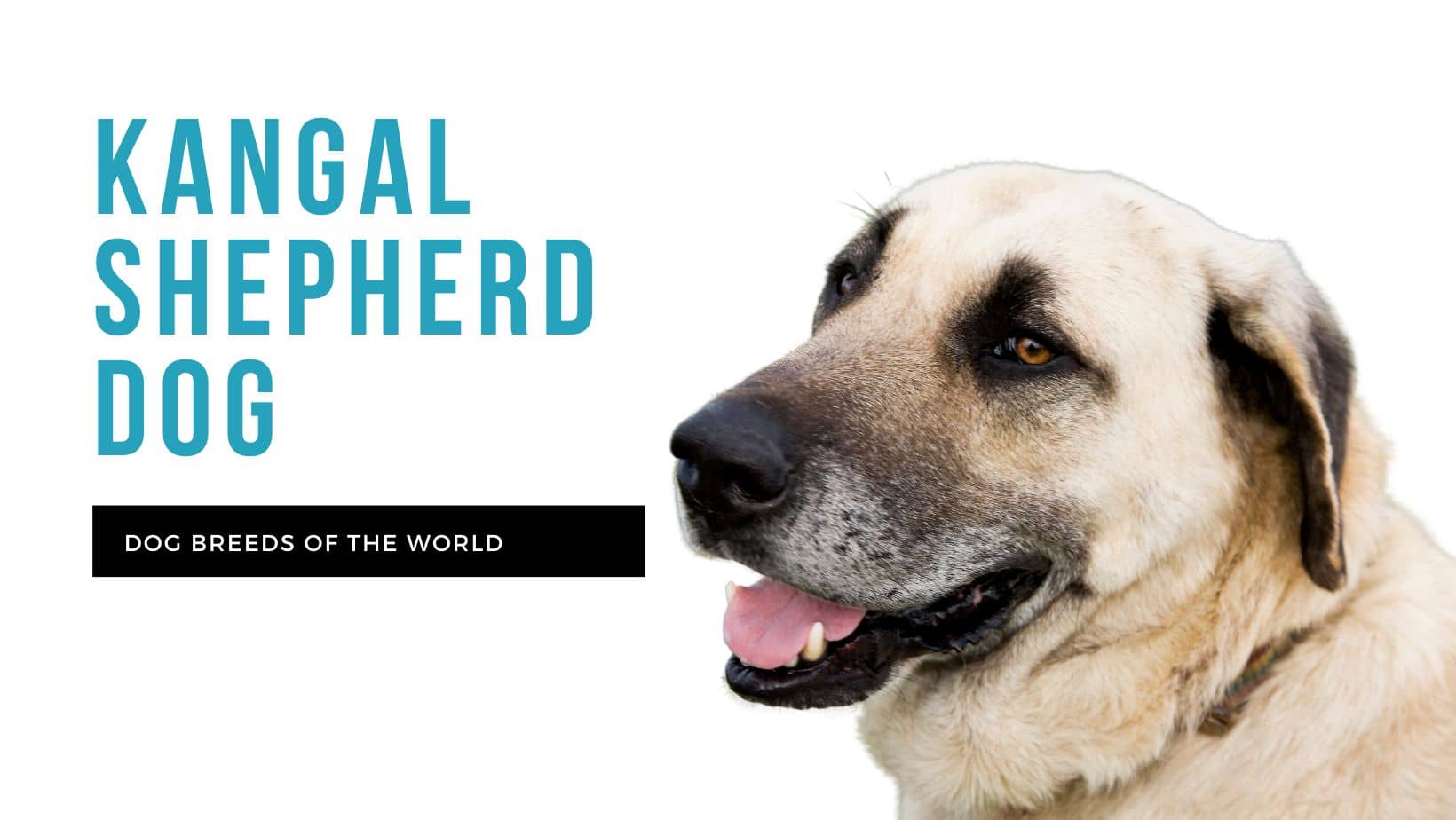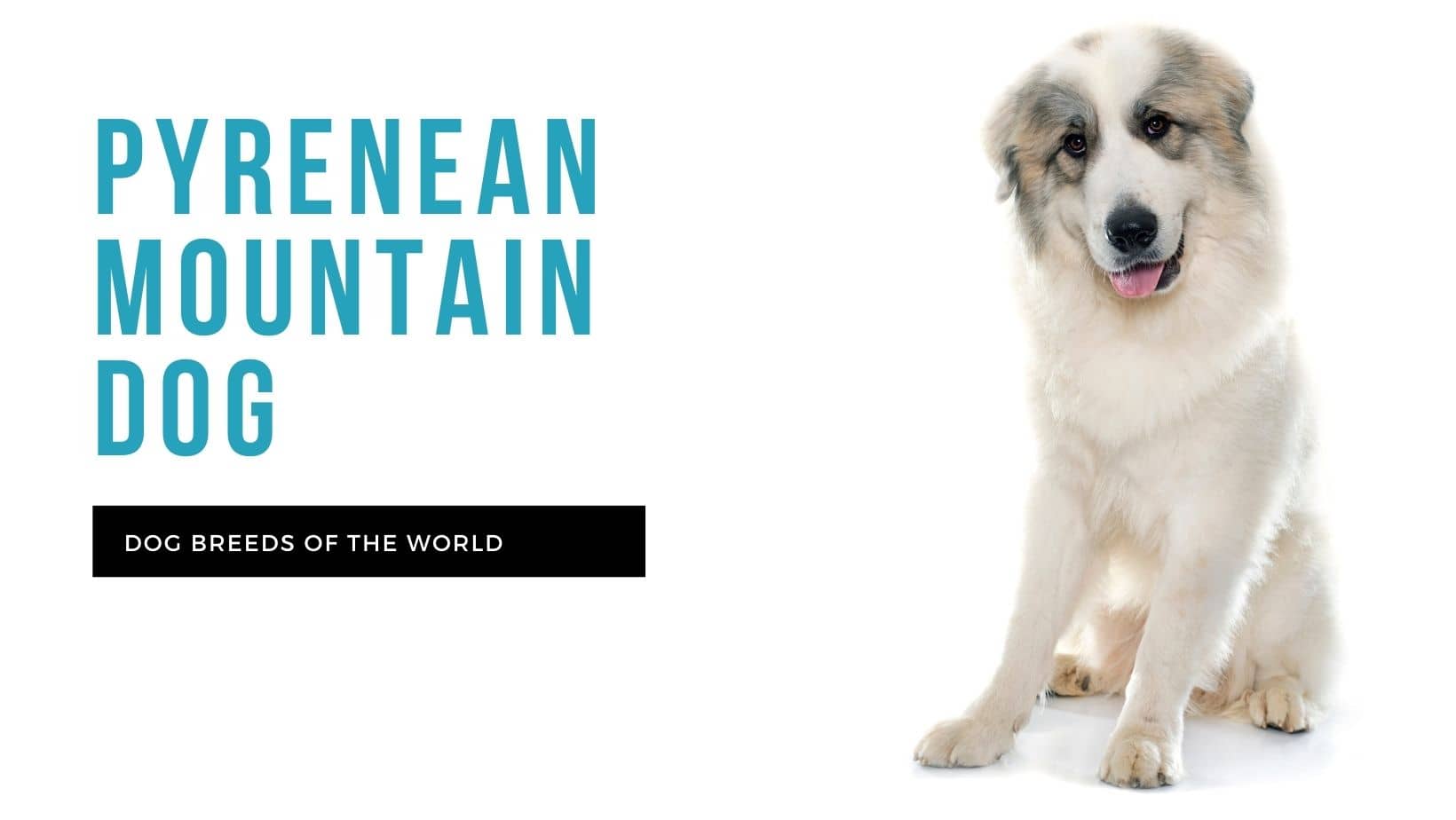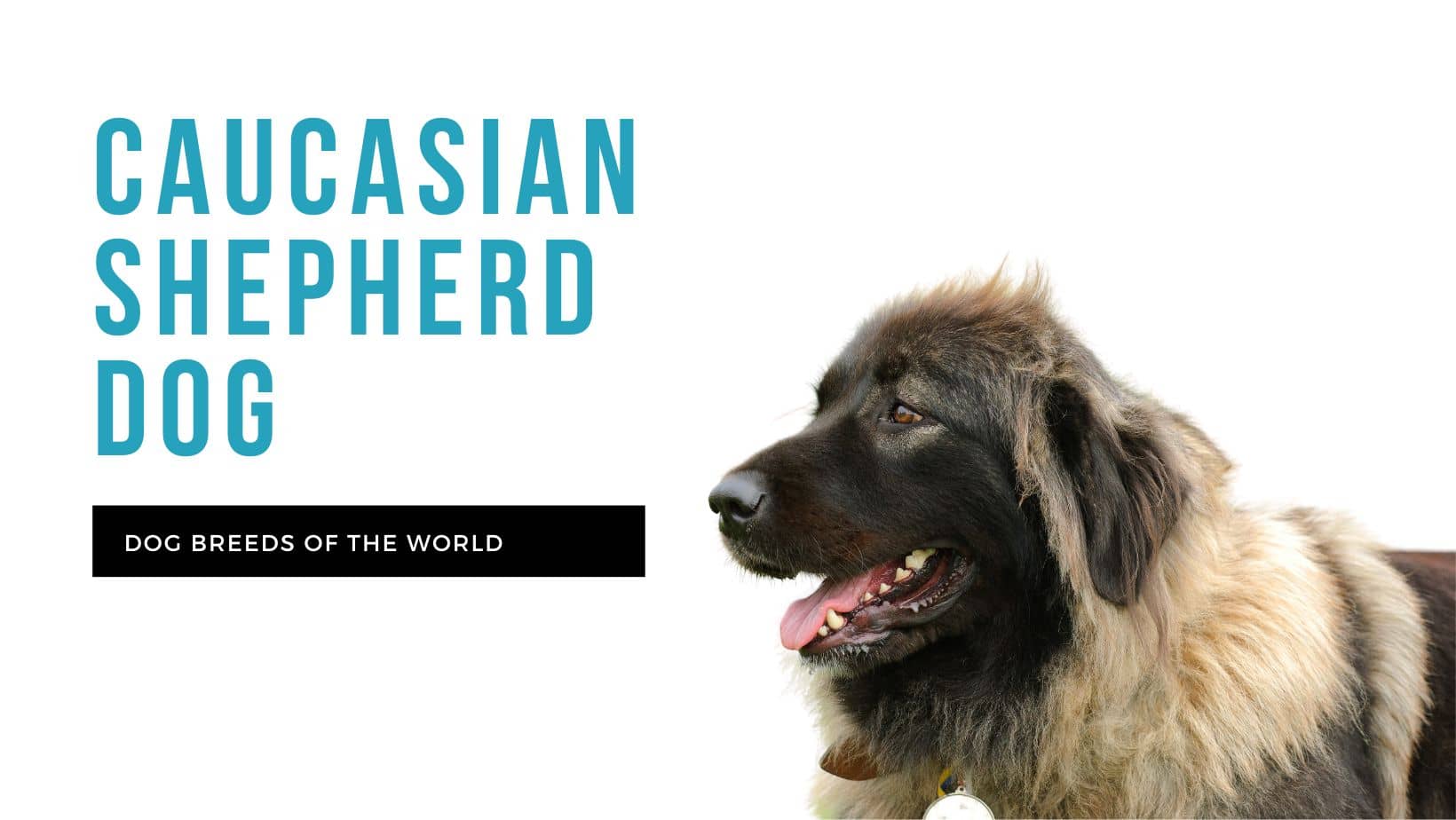
The Kangal shepherd dog (known as the Anatolian shepherd in the USA, with slight breed variations) is a large, intelligent and independent dog that was developed in Turkey to protect livestock. He stands tall and steady, showing confidence and pride, which comes from centuries of loyalty to his territory, his flock and his owner.
The Kangal is affectionate towards his family and extremely loyal, but will be quite wary of strangers until he senses that everything is okay. His protective and guarding nature is built into his genes, so much so that he will naturally take on the role of protector before he is fully mature. The Kangal is only for the experienced owner (preferably one who is an actual sheep, cattle or goat farmer) who can understand and cater to this loyal and calm companion.
History
The ancient ancestors of the Kangal shepherd dog go as far back as 6000 years, when sheep and goat shepherds kept this dog specifically to guard their flocks from large predators. The dog’s origins in the Anatolian region in Turkey account for the name Anatolian shepherd dog, but the name Kangal shepherd dog comes from the specific location of Turkey’s canine pride and joy – from the town of Kangal in the Sivas province. These ‘shepherd’s dogs’ (Çoban Köpeği) were not herding dogs, but rather worked as guard dogs – positioning themselves between their flock and any perceived threat.
The Kangal’s large athletic body and yet nimble, agile legs may come from a crossing of giant mastiff type breeds from Asia with ancient sighthound breeds. These characteristics meant they were quick enough to gather a flock scattered over a large area, yet large enough to pose a threat to any predator that had to think twice about coming to blows with the herd’s protector. Over time, the Kangal shepherd dog adapted to the hot, dry summers and the cold, snow-filled winters of the Anatolian plateau – living outside among the sheep and goats he protected and guarding them, come rain or shine. The breed’s independence was developed by encouraging the dog to feed himself by hunting small animals, though his owner would fit him with a spiked collar to offer at least a modicum of defence if a large wild animal got any ideas about attacking his throat. Many Kangals still wear this kind of collar today.
The journey of the Kangal shepherd dog to the USA – where his name is the Anatolian shepherd dog – is where things get a bit murky. Anatolian shepherds are seen as a separate breed, even though some consider them descendants of both the Kangal dog and another Turkish breed called the Akbash. Since the 1960s, there have been contradicting opinions about whether the Anatolian and the Kangal are different enough to be separate – with some breed organisations considering them interchangeable, while others strongly maintain their distinction. American breeders of Kangal shepherds consider them as distinct from Anatolians. The American Anatolian shepherd breeders claim breed superiority – that their dogs are the ‘true’ Turkish shepherd dog. Turkish breeders do not recognise the Anatolian shepherd dog; rather seeing the Kangal shepherd dog as their national pride – even going so far as to honour him on a postage stamp.
Since 2013, the UK Kennel Club has recognised the Kangal shepherd dog as a separate breed, and in 2018 the FCI (Fédération Cynologique Internationale) replaced the breed standard of the Anatolian shepherd dog with that of the Kangal shepherd dog – honouring the Turkish breeders’ pride and joy. The South African kennels – KUSA – have adopted the Kangal shepherd dog’s breed standards and no longer register the Anatolian shepherd.
Temperament
Intelligent and independent to the point of appearing aloof, the Kangal dog is generally calm and stable, yet naturally protective, loyal and affectionate with his family. The Kangal’s independence is sharp enough to render him stubborn and unwilling in the face of an unassertive handler, so he needs an expert owner with a strong personality to train and lead him.
Health
The Kangal shepherd dog is generally a healthy and hardy breed. However, there are some conditions he may be susceptible to, which include:
- hip and elbow dysplasia
- hypothyroidism
- Von Willebrand’s disease
- entropion – when the eyelid rolls inward, it can cause inflammation and impaired vision
- demodectic mange – patches of red, scaly, hairless skin caused by an overpopulation of the demodex mite when the dog’s immune system is compromised
Exercise Requirements
Bred as a guard and protector, the Kangal does not take kindly to strangers or anyone not considered to be part of his ‘family flock’. He needs early and consistent socialisation to make him more accepting of other people and animals – to learn who and what is and is not a threat to his territory.
Hand in hand with socialisation is obedience training, which must start early and be consistently reinforced to ensure the Kangal does not revert to his independent, decision-making self too frequently. This is not a people-pleasing breed, so he needs firm training with positive reinforcement methods and should never be attack-trained – his protectiveness is built in.
The Kangal shepherd dog should preferably only be kept if he is going to be put to work to do the original job he was developed for. As a pet, he does not need excessive exercise, but a long walk twice a day will be enough to keep him calm and well exercised. He must be walked on a leash – he is too independent for off-leash walking. Being exercised in a spacious yard (in addition to walking) will be good for his mental health, but ensure that yard is secure with a high, strong fence. Kangal dogs are known for their ability to easily clear a fence or wall.
Grooming Requirements
The Kangal dog’s thick undercoat protected him from the cold, harsh outdoor climate in the Turkish mountains. It sheds profusely twice a year, during which time he needs daily brushing to get rid of the loose, dead hair. He is a relatively clean dog, only needing a bath once every few months.
As with all dogs, the Kangal’s nails should be trimmed to keep them short and his teeth should be brushed three or four times a week to keep his teeth free of tartar and keep his oral hygiene in check.
Ratings
Friendliness to other pets
Friendliness to strangers
Behaviour towards children
Statistics
| Size |
Large |
| Type |
Work Group |
| Average adult weight |
53 kg |
| Average adult height |
76 cm |
| Average life span |
12 years |
| Breed family |
|
| Area of origin |
Turkey |
Gallery
Similar breeds








